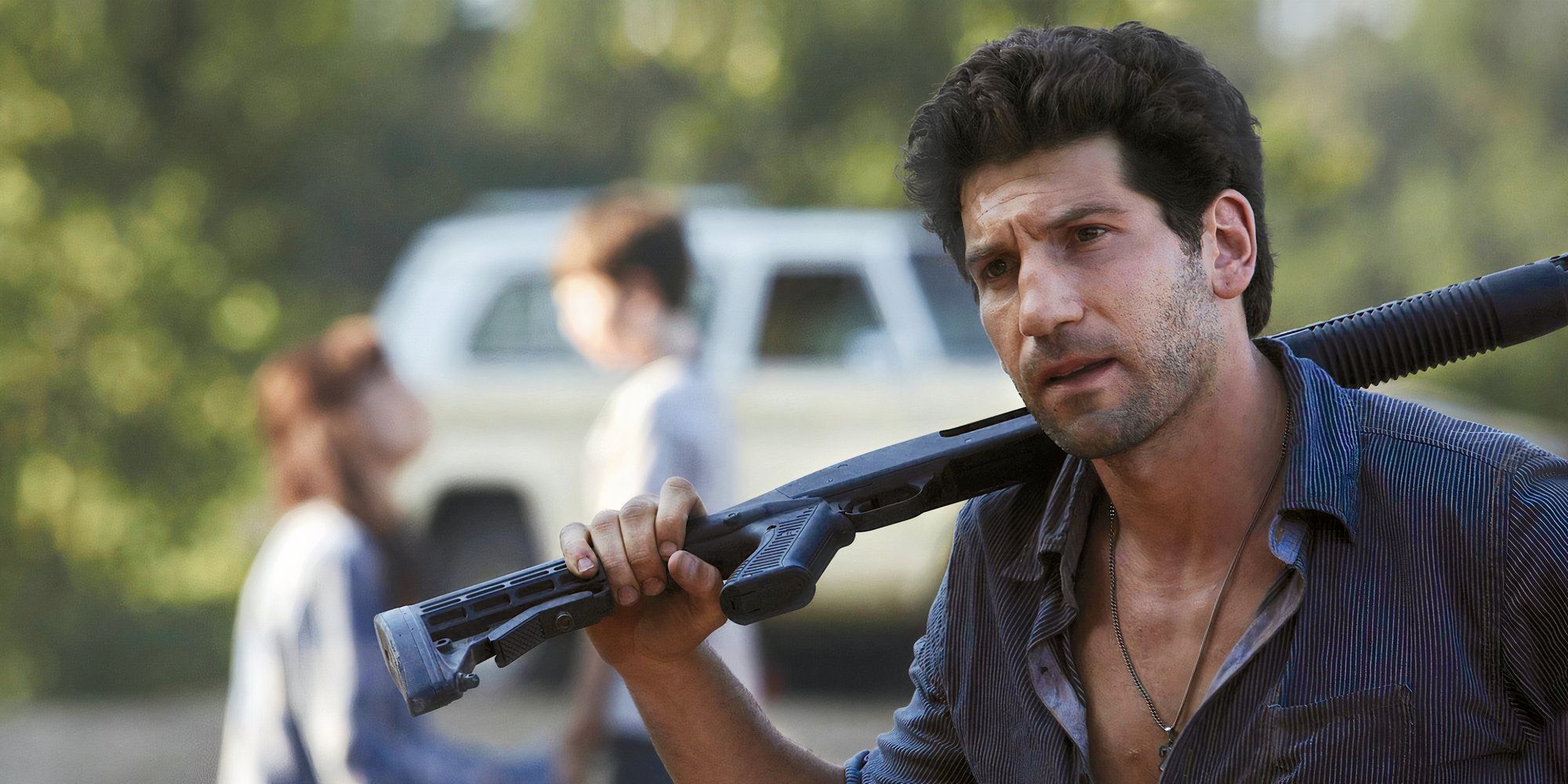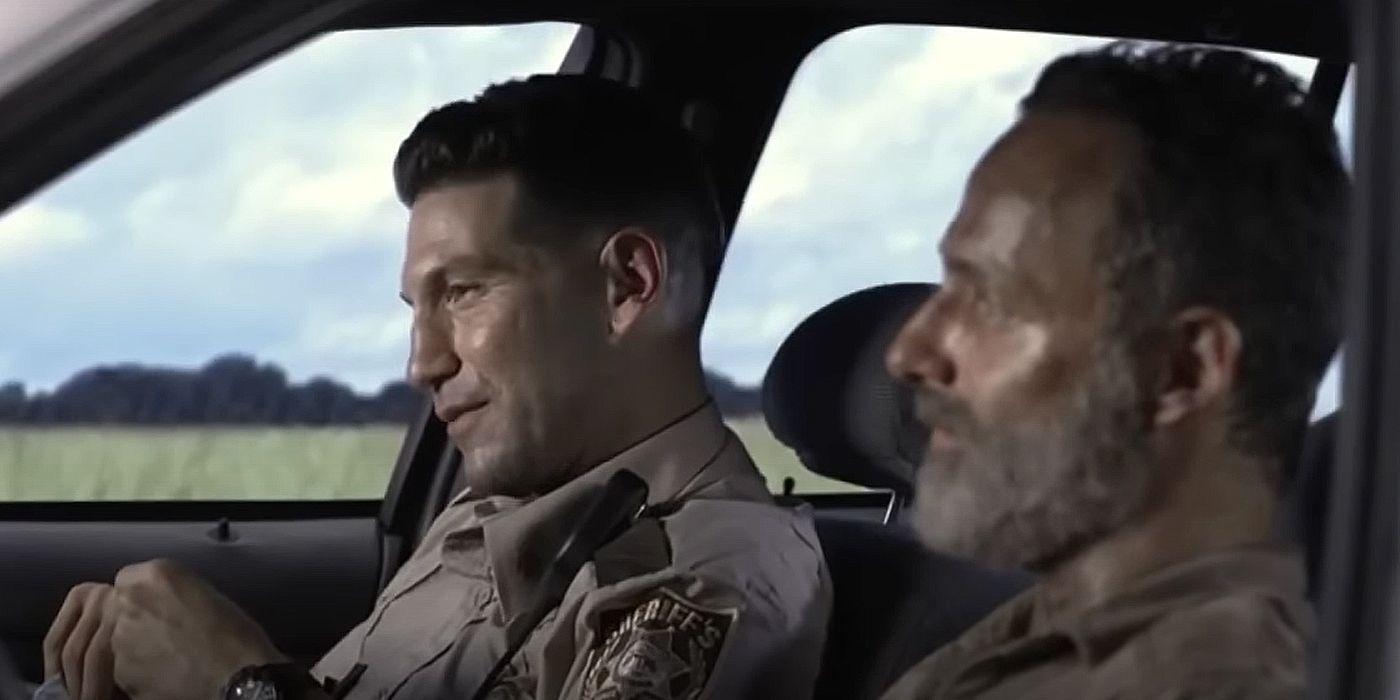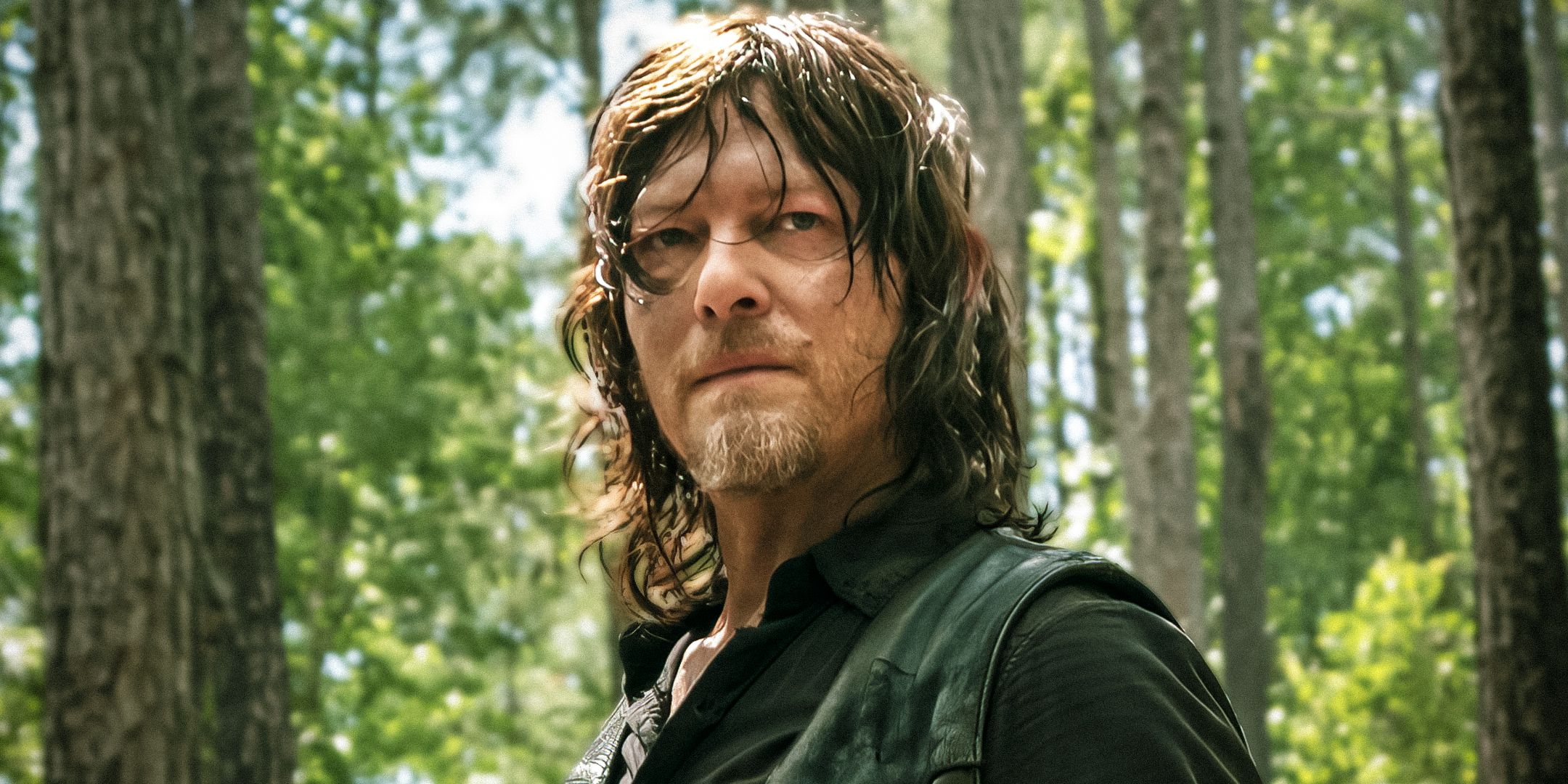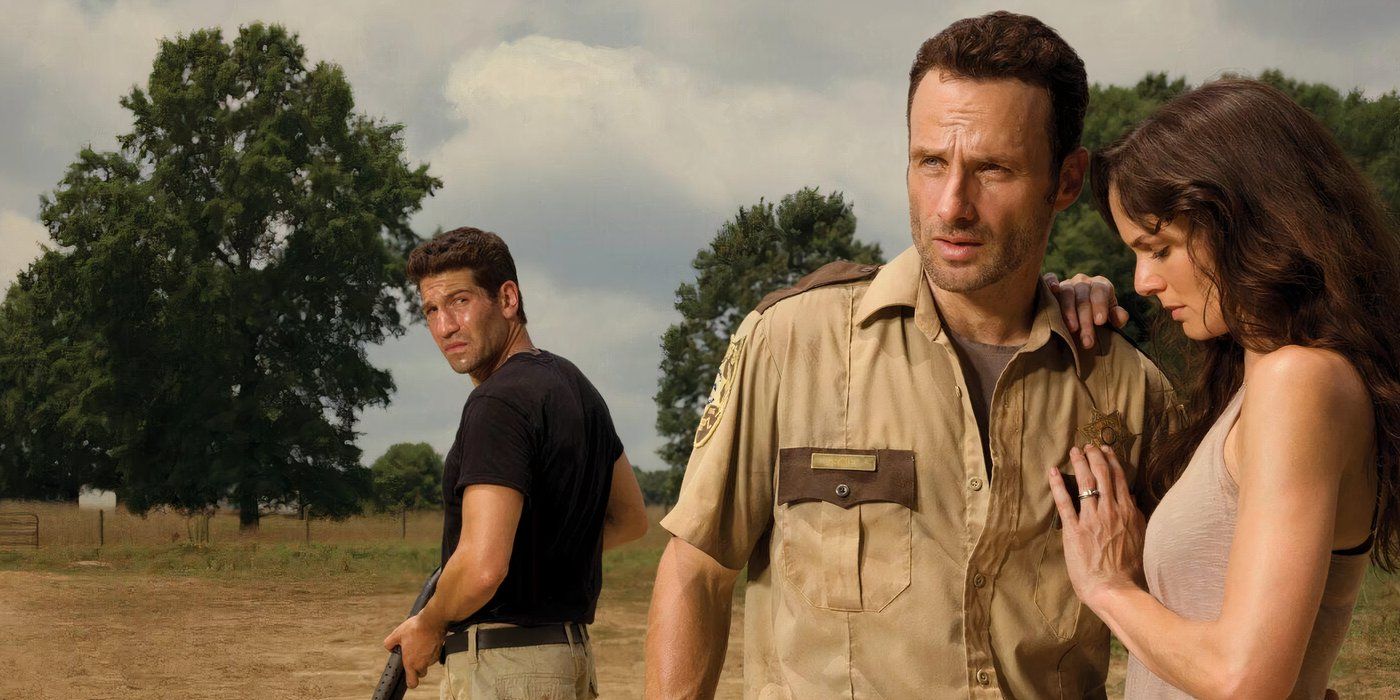The changes weren’t just structural, either. Although many characters from The Walking Dead comics appear in the show, almost all of them are reimagined. Their motivations, personalities, and relationships are often rewritten to serve the television format, and in many cases, the changes made them far more compelling. Familiar faces from the page often felt completely different on screen.
This became especially clear when comparing one major early character in both versions. While the comics barely scratched the surface of his potential, the show turned him into one of the most complex and tragic figures of the early seasons. It’s hard to imagine The Walking Dead without the tragic downfall of Shane, but that’s exactly what the on-page version delivers.
The Walking Dead Show Made Better Use Of Shane Than The Comics
The Show Gave Shane Far More Development And Narrative Weight Than The Comic Ever Did

In The Walking Dead comics, Shane Walsh was little more than a footnote - a necessary catalyst for Rick Grimes’ evolution. However, in the TV series, Jon Bernthal’s Shane shaped the show’s themes of leadership, survival, and morality. Shane was integral to seasons 1 and 2 of TWD, and the extra time the show spent fleshing out his character paid off incredibly well.
Jon Bernthal’s performance was a major reason the character worked so well. His Shane wasn’t just a jealous former friend - he was torn between his instincts for survival and his desire to do what’s right. The show let viewers see the good and bad in Shane, and this nuance was important. Without it, Shane's unravelling would have felt too sudden to be plausible.
The on-screen version of TWD also allowed Shane to clash with other characters in meaningful ways, particularly Rick (Andrew Lincoln) and Dale (Jeffrey DeMunn). Their philosophical debates and growing tensions weren’t just drama - they were the show’s way of examining how people change when the world falls apart. Without Shane’s extended presence, many of The Walking Dead’s best early conversations about morality might never have happened.
Instead of rushing through Shane’s story, the show explored his slow transformation into a man who couldn’t live in Rick’s new world. That careful pacing made his downfall all the more tragic - and powerful.
Jon Bernthal's Shane Was Far More Interesting Than The One In The Comics
The Show Turned A One-Note Villain Into One Of The Most Complex Characters In The Story

In the comics, Shane dies at the end of The Walking Dead’s first volume. He’s quickly revealed as a jealous, unstable foil to Rick, and his story ends with Carl shooting him in the woods - a shocking moment, but one that leaves Shane feeling two-dimensional. He never gets a chance to grow, evolve, or show the complexity that could have made him memorable.
The show, on the other hand, understood Shane’s potential and used it to its fullest. Keeping him alive until the penultimate episode of season 2 gave The Walking Dead time to dig into his psychology. His increasing volatility, conflicted morality, and deteriorating friendship with Rick created a character study that remains one of the show’s most powerful arcs.
Shane in the TWD comics was always just a roadblock - an early obstacle for Rick to overcome.
The slow burn of Shane’s breakdown made his eventual confrontation with Rick in “Better Angels” all the more devastating. It wasn’t just about jealousy or power - it was about a man who couldn’t find a place in the new world he helped the group survive in. His story became one of the most poignant early tragedies in The Walking Dead.
Meanwhile, Shane in the TWD comics was always just a roadblock - an early obstacle for Rick to overcome. The TV version turned him into something far more meaningful: a warning of what the apocalypse could do to good people. That level of nuance was completely missing from the comics.
The Pacing Of The Walking Dead Comics Would've Never Worked For The Show
The Comics Raced Through Plot While The Show Needed Time To Build Emotional Stakes

While The Walking Dead comics had no issue covering massive ground in each volume, this kind of narrative speed wouldn’t have worked on TV. The on-page narrative jumped from location to location quickly - one issue Rick’s group are at the camp, the next they’re storming the prison. On-screen, those moments needed time to breathe.
The show’s early willingness to slow down also helped viewers connect emotionally. For example, the time spent on Hershel’s farm in season 2 may have felt like a lull in action, but it was critical for developing key characters like Glenn (Steven Yeun), Maggie (Lauren Cohan), and of course, Shane. In the comics, that same stretch is dealt with relatively quickly, skipping much of the nuance.
While the comic book format could lean into rapid developments without losing readers’ investment, TV audiences demand more emotional engagement. Seeing actors bring these characters to life required a different rhythm, one that emphasized relationships and gradual change over sudden plot pivots. The show adapted its storytelling to the medium, and for the most part, it worked beautifully.
The Walking Dead's Biggest Advantage Over The Comics Eventually Became A Problem
The Slower Pace Helped The Show Early On But Made Later Seasons Feel Bloated And Repetitive

While The Walking Dead TV show initially benefited from its slower, more deliberate pace, the same strength eventually became one of its biggest weaknesses. As the series went on, it tried to maintain that emotional depth while expanding its cast to an overwhelming size, and that’s where cracks started to show.
Later seasons of The Walking Dead often felt weighed down by their own scope.
Later seasons of The Walking Dead often felt weighed down by their own scope. Episodes stretched thin trying to give time to characters who hadn't been properly developed, while long-standing characters became stagnant. The show’s pacing, once a tool for building tension, became an obstacle to momentum. Key plot events were stretched across multiple episodes with diminishing returns.
This sluggishness stood in stark contrast to The Walking Dead comics, which never lingered too long in any one place. The comic could leap forward, change locations, or introduce new threats without feeling jarring. The show, by comparison, often seemed stuck in place, afraid to push forward too quickly for fear of losing its emotional thread.
In the end, The Walking Dead TV show needed to evolve past the slow-burn approach that made it great. Unfortunately, by the time it tried to speed things up again, many fans had already checked out.
-1754835242-q80.webp)


